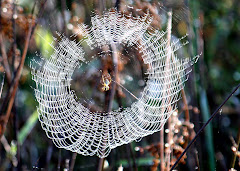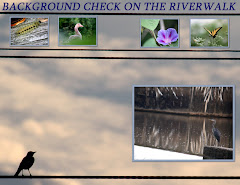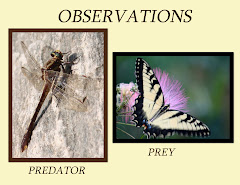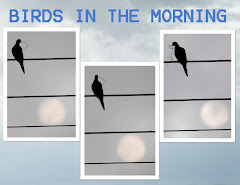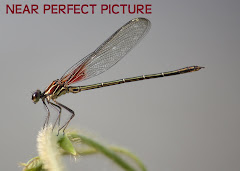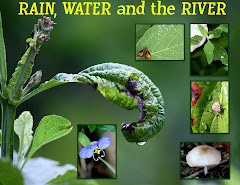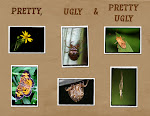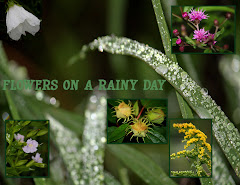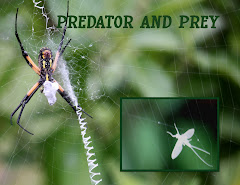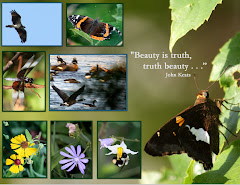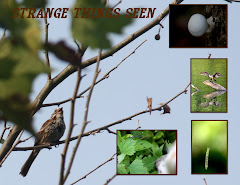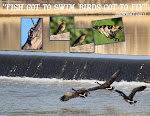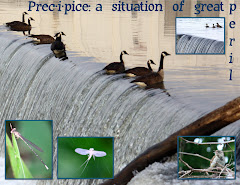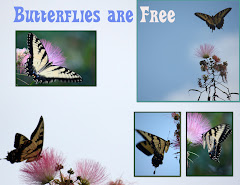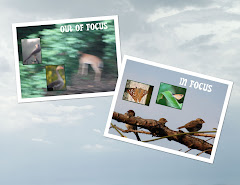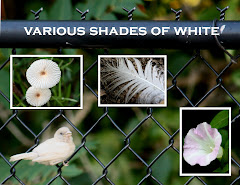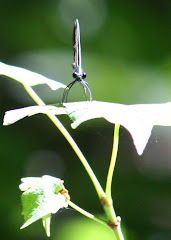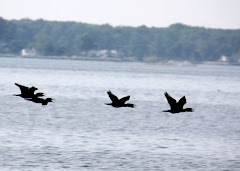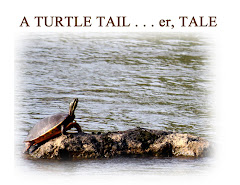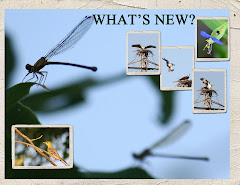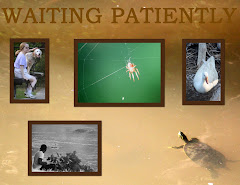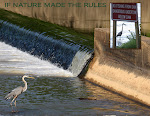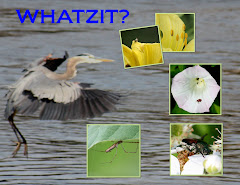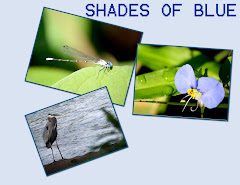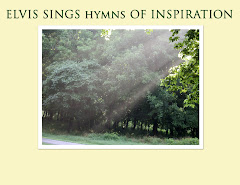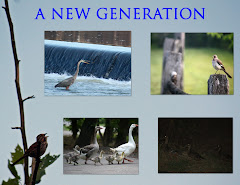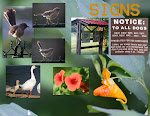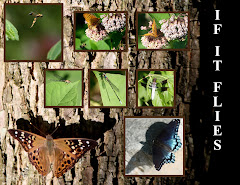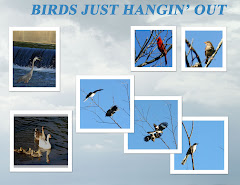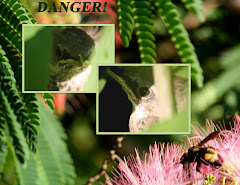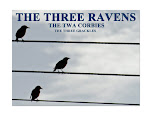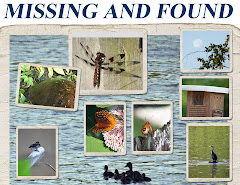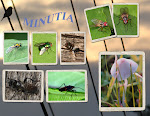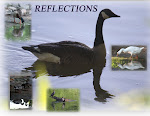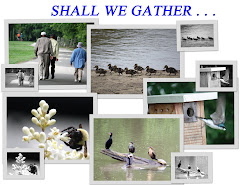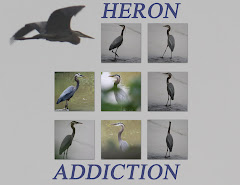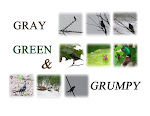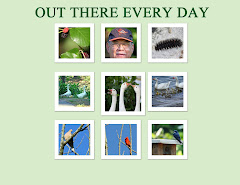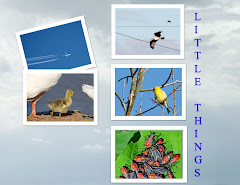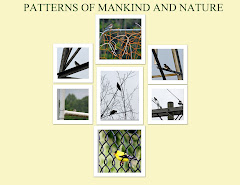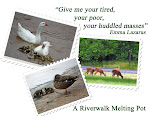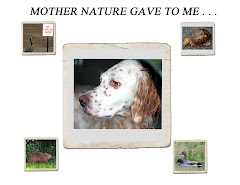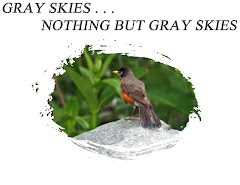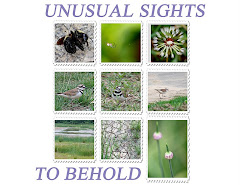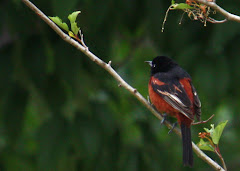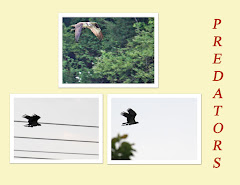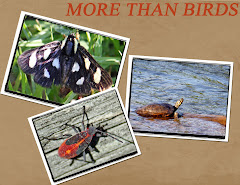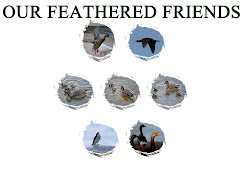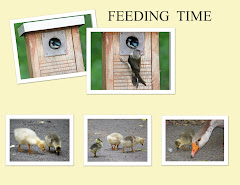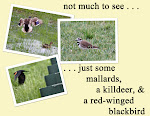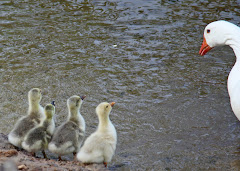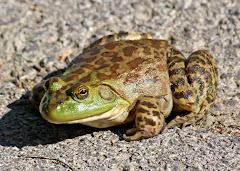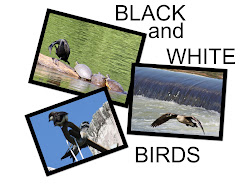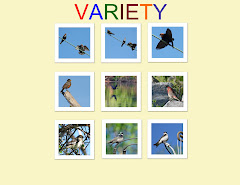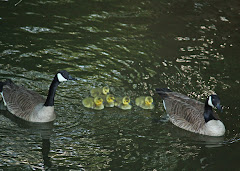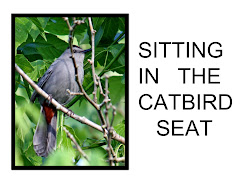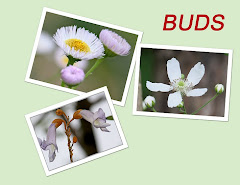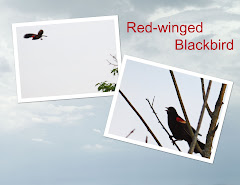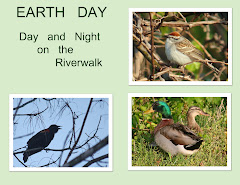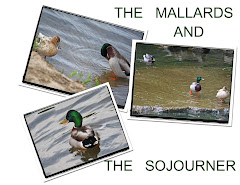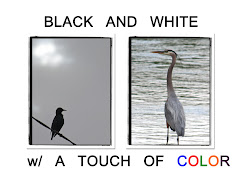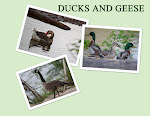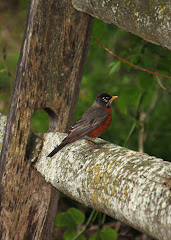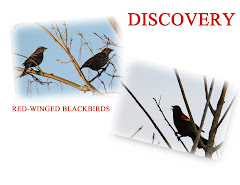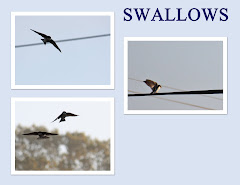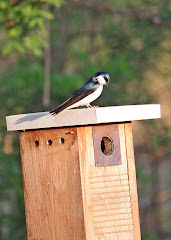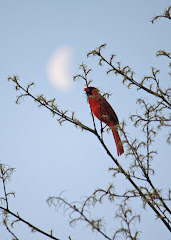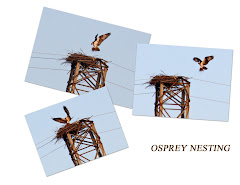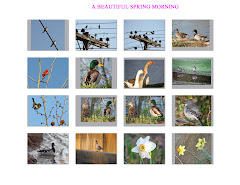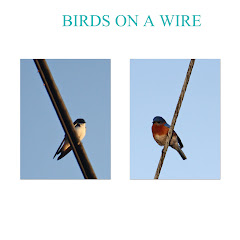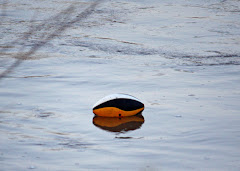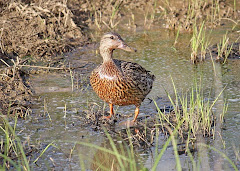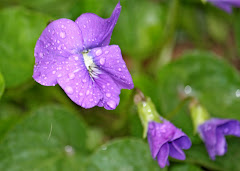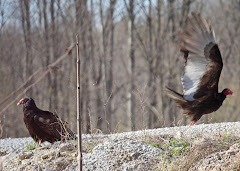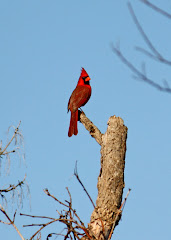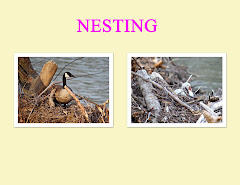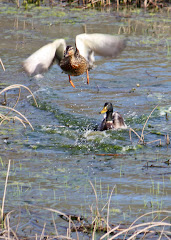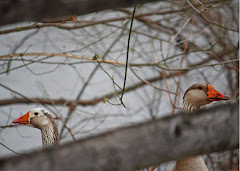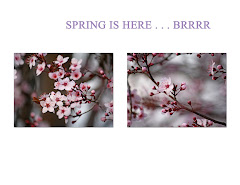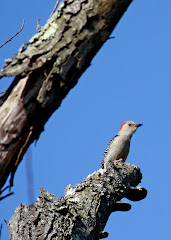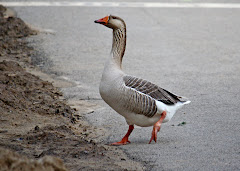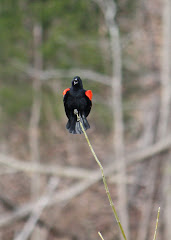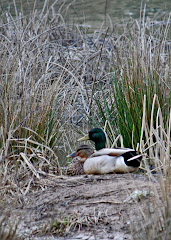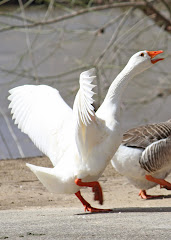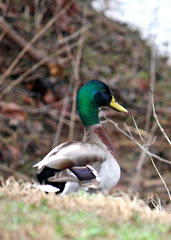
(JULY 31, 2010) It was a cool but dreary day on the Riverwalk as the sky threatened rain and the earth was wet from the passing storm the night before. There were puddles for Sadie to drink from and wet grass to walk through as Sadie found the perfect place, in the middle of a field, to do what she needed to do.
Shortly into our walk, I spotted something on a concrete
 sewer structure. On the top of that was a beautiful monarch butterfly - dead. I wondered how the butterfly had died, but there was no answer.
sewer structure. On the top of that was a beautiful monarch butterfly - dead. I wondered how the butterfly had died, but there was no answer. We did continue on the trail, and a short distance beyond the dead butterfly, the flowers were teeming with bees and living butterflies. But there was also a predator lurking. A large yellow garden spider had built its web near the plants, and Sadie and I watched as a small insect flew right into that trap. Once in the web, the small white insect didn't struggle or move again. As I observed the large yellow garden spider, I realized that it was one of the largest spiders I had ever seen. I also noticed an interesting web spinning that the spider had spun; a part of the web above and below where the spider placed himself was in the shape of a cork screw.
I didn't see the large birds like the osprey, eagle or hawk that come into the woods and takes away small rodents and birds. However, I did see a robin dig a worm out of the ground, a mockingbird with a wing hanging out of its mouth (it looked like a damselfly wing), and the sojourner predator of the woods, Sadie.
As Sadie walks the 3-4 miles with me, she tends to "work." She identifies a "prey" (it could be a small insect or a small butterfly) and goes into
 her set as she creeps closer and closer. 99 times out of 100, she misses her prey. However, the ducks and geese see her as a predator and often walk to the river when she approaches. In the photo to the right, Sadie has honed in on a small damselfly. This was one of the 99 out of 100 that she missed.
her set as she creeps closer and closer. 99 times out of 100, she misses her prey. However, the ducks and geese see her as a predator and often walk to the river when she approaches. In the photo to the right, Sadie has honed in on a small damselfly. This was one of the 99 out of 100 that she missed. Someone walked by today and asked, "Is that dog like a bird dog?"
I responded, "Sadie is not 'like' a bird dog, she is 100% bird dog."
As I thought about that response, I realized that as a bird dog, Sadie is a predator. She is often seen on the Riverwalk in her pose as she stalks some small insect. Each day several people comment about how still she stands and how she is good at what she does. She is very good at what she does and a beautiful dog as well.
It was another good day on the Riverwalk.
I have posted, below, a couple of links to see Sadie at Dancing Creek Farm where she stay when we are out of town. She is the white English setter with brown markings.
These are fun to watch:
Sadie Hogging the Bed:
Sadie Potty Break


































.jpg)


